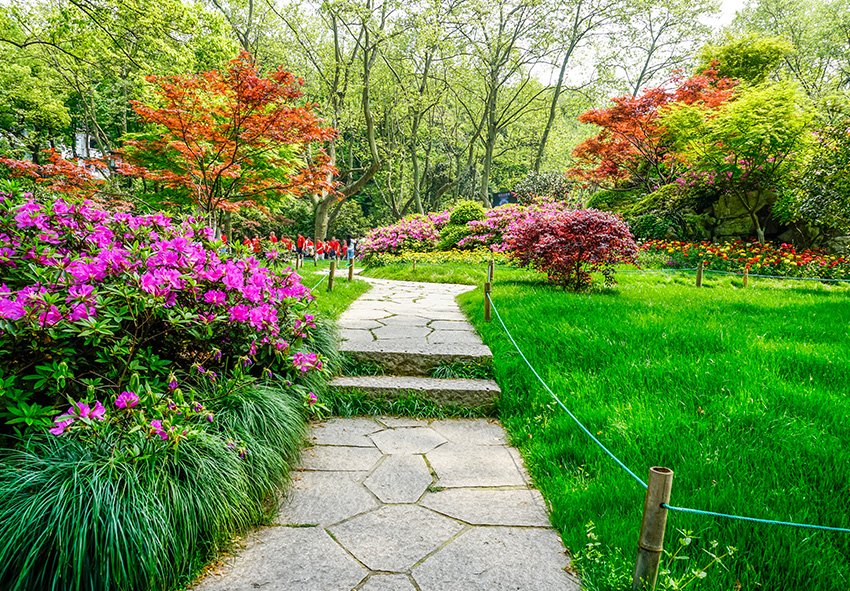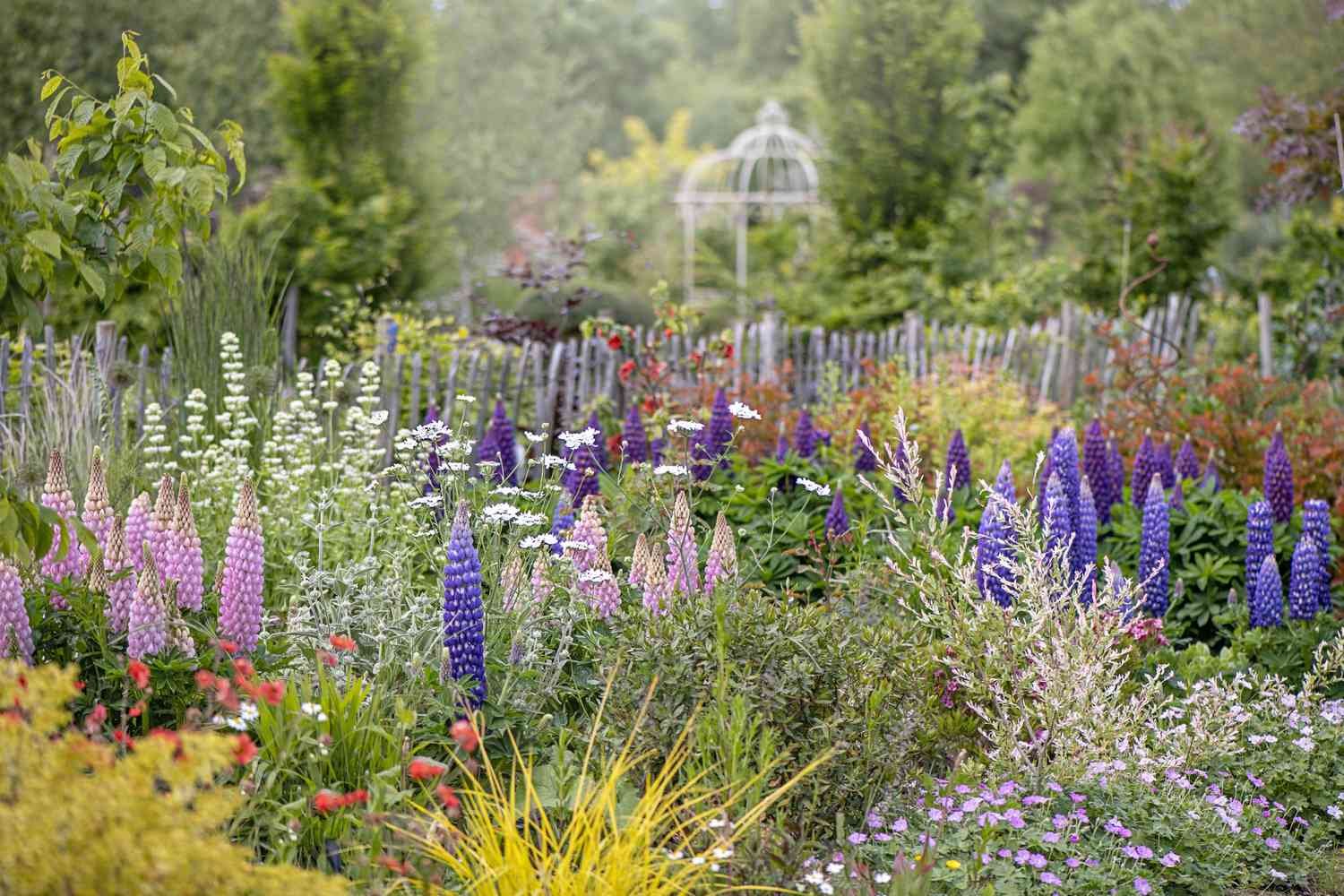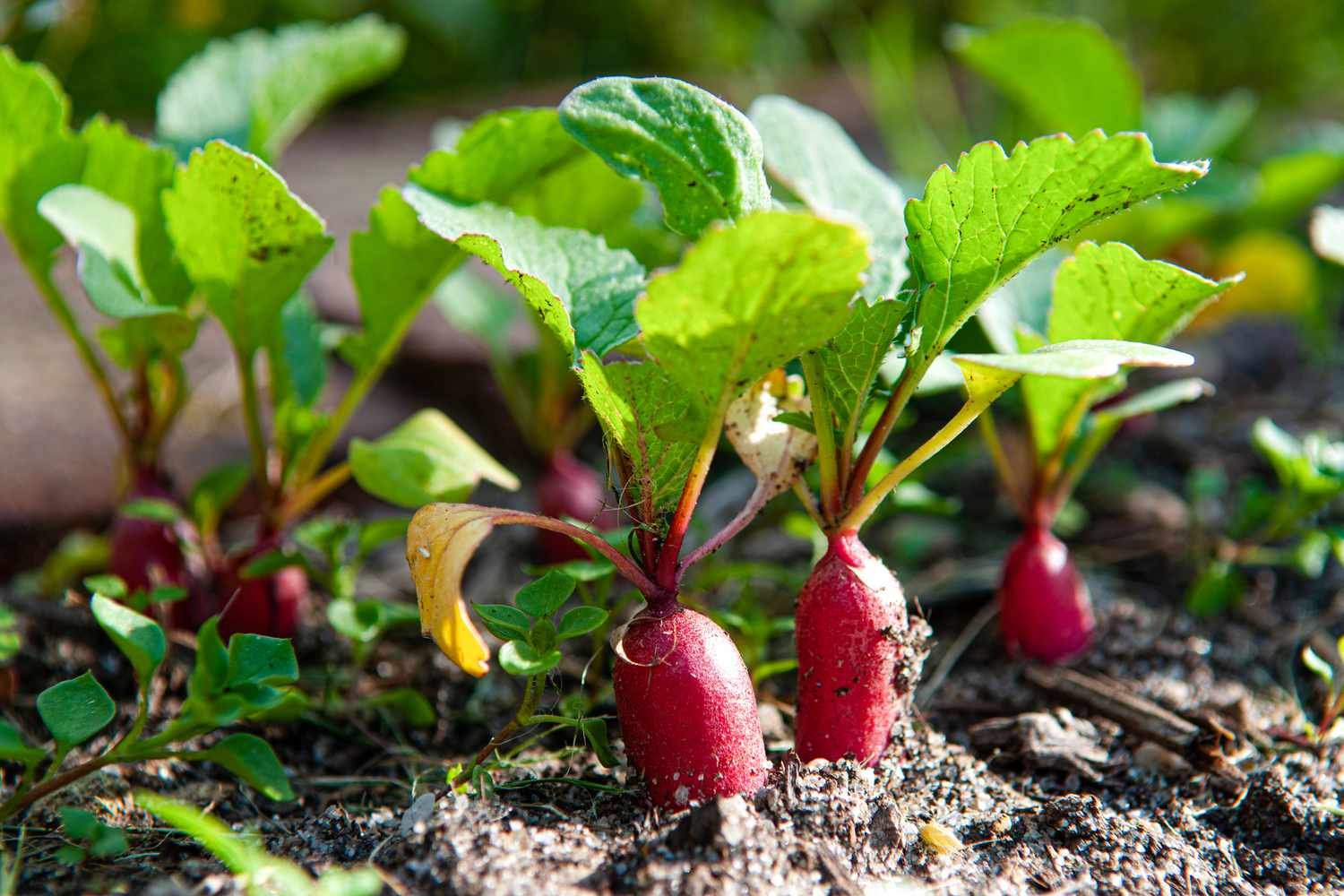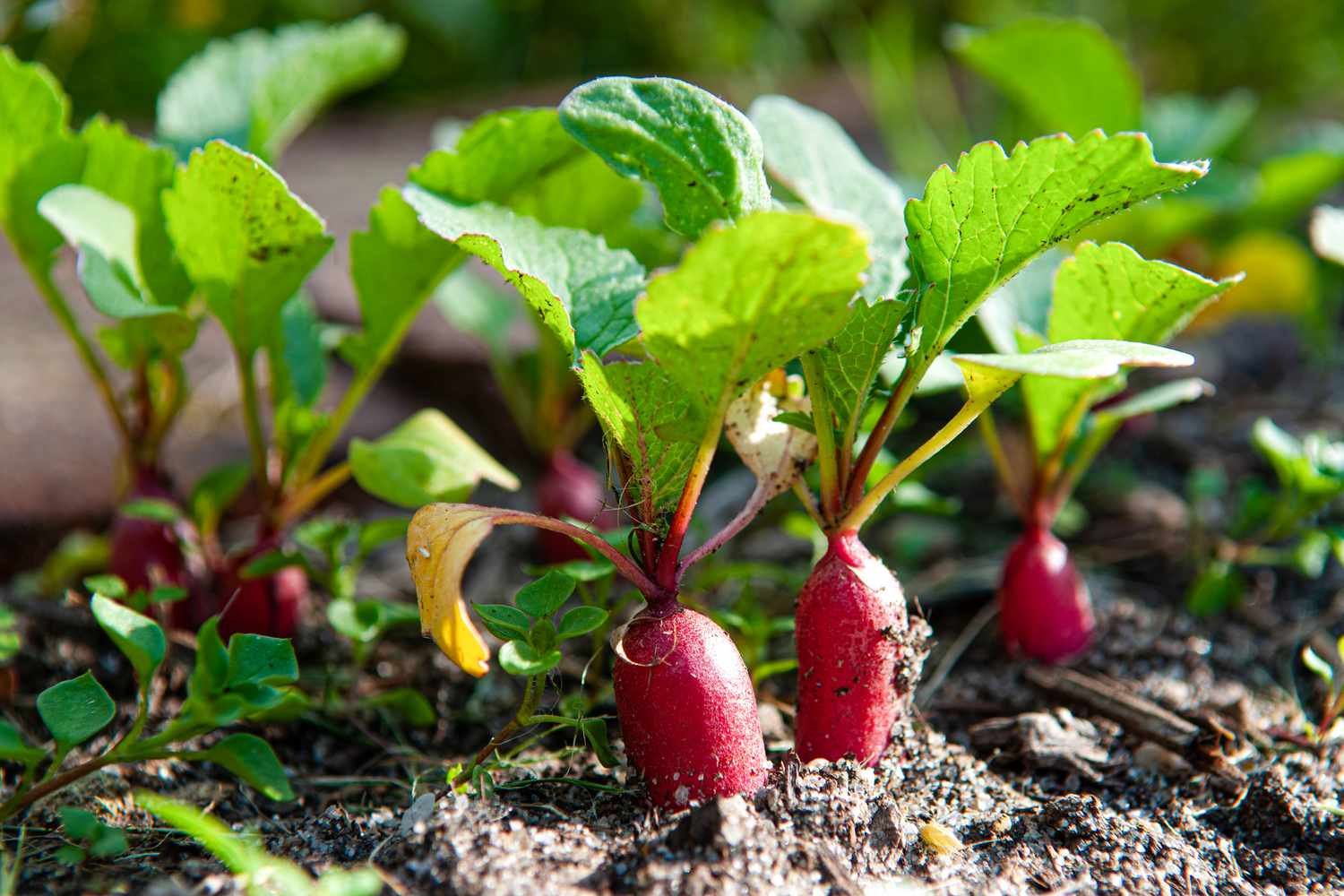Maintaining a beautiful garden throughout the year requires attention to seasonal changes and adapting your gardening practices accordingly. Each season brings unique challenges and opportunities for your garden. This guide provides seasonal gardening tips to help you keep your garden vibrant and healthy all year round.

Spring: Preparing for New Growth
Spring is the time to prepare your garden for new growth after the winter months. Begin by cleaning up any debris, such as fallen leaves or branches, and pruning dead or damaged plants. This helps to promote healthy new growth and improves air circulation.
- Soil Preparation: Test your soil and amend it with compost or other organic matter to enhance its fertility. Spring is a great time to plant cool-season crops like lettuce, spinach, and peas, which thrive in the cooler temperatures.
- Planting: Start sowing seeds indoors for summer vegetables and flowers to get a head start on the growing season. As the weather warms, you can transplant seedlings outdoors or direct sow seeds for crops like carrots and radishes.
- Pest Management: Keep an eye out for early pests and diseases. Use organic methods like neem oil or insecticidal soap to manage any issues that arise.
Summer: Keeping Your Garden Thriving
Summer is a time of vigorous growth and blooming in the garden. To keep your garden healthy and thriving, focus on the following:
- Watering: Ensure your garden receives adequate water, especially during hot, dry spells. Water early in the morning to reduce evaporation and prevent fungal diseases. Use mulch to retain moisture and regulate soil temperature.
- Fertilizing: Continue to feed your plants with balanced fertilizers to support their growth and blooming. Regularly check for signs of nutrient deficiencies and adjust your fertilization accordingly.
- Pruning and Deadheading: Regularly prune plants to remove spent flowers and encourage continuous blooming. Deadheading, or removing faded flowers, helps to prolong the flowering period and improve the appearance of your garden.
Fall: Preparing for Winter
As temperatures cool, fall is the time to prepare your garden for the winter months and set the stage for a healthy spring. Here’s how to get your garden ready:
- Cleanup: Remove fallen leaves and plant debris to reduce the risk of pests and diseases. Clean up and compost healthy plant material, but avoid composting diseased plants.
- Soil Enrichment: Add a layer of compost or well-rotted manure to your garden beds. This enriches the soil and helps to improve its structure and fertility for the next growing season.
- Planting: Fall is a great time to plant spring-flowering bulbs, such as tulips and daffodils. You can also plant hardy perennials and shrubs to establish them before winter.
- Winter Protection: Mulch your garden beds with a layer of straw or leaves to insulate the soil and protect plant roots from freezing temperatures.
Winter: Rest and Planning
Winter is a quieter time in the garden, but it’s an opportunity to rest and plan for the upcoming growing season. Here’s how to make the most of this time:
- Garden Planning: Review your garden’s performance from the past year and make plans for improvements. Consider which plants worked well and which didn’t, and make a list of what you want to grow in the coming year.
- Tool Maintenance: Use this time to clean and repair your gardening tools. Sharpen blades, oil hinges, and ensure all equipment is in good working order for the next season.
- Indoor Gardening: If you miss gardening during the winter months, consider starting an indoor garden with herbs or houseplants. It’s a great way to stay connected to gardening and enjoy fresh greens throughout the winter.
Conclusion
In conclusion, maintaining a beautiful garden throughout the year involves adapting your gardening practices to seasonal changes. By preparing for each season and focusing on specific tasks, you can keep your garden healthy and vibrant all year round. Embrace the cyclical nature of gardening and enjoy the beauty of each season as it unfolds.











